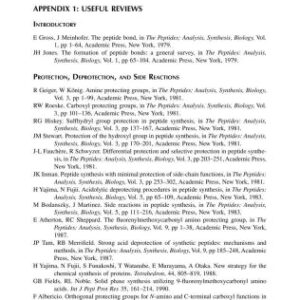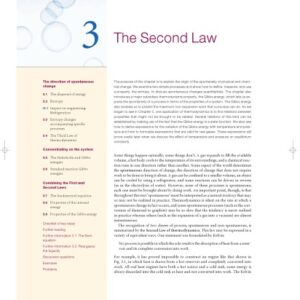recently discovered advantages of amorphous forms of medicines/pharmaceutical products which focused a significant part of industry-related efforts on the GFA (Glass Forming Ability) and the glass temperature (T) versus pressure g dependences. 1 b ? 0 ? ? o ? P ? Pg P ? Pg 0 ? ? ? ? T (P ) = F (P )D (P ) =T 1 + exp ? g g ? 0 ? ? ? ? c + Pg ? ? ? ? 400 1 b 0 o ? ? ? ? P ? P P ? P g g 0 ? ? ? ? T (P ) = F (P )D (P ) =T 1 + exp ? g g 0 ? ? ? ? c ? + P max g ? ? ? ? T ~7 GPa g max P ~ 304 K Liquid g 300 1 HS glass 0 200 -1 mSG ?=0. 044 Liquid -2 100 -3 glass ?=0. 12 -1. 2 -0. 9 -0. 6 -0. 3 0. 0 log T 10 scaled -1 0 1 2 3 4 5 6 7 8 9 10 11 12 P (GPa) g 19 Figure 1. T he pressure evolution of the glass temperature in gl Th ye s cerol ol . id curve shows the parameterization of experimental data via the novel, modifie d Glat Sizm elon type equation, given in the Figure.
Chemistry
[PDF] Metastable Systems under Pressure K. L. Ngai, S. Capaccioli, D. Prevosto, M. Paluch (auth.), Sylwester Rzoska, Aleksandra Drozd-Rzoska, Victor Mazur (eds.)
$19.99

![[PDF] Metastable Systems under Pressure K. L. Ngai, S. Capaccioli, D. Prevosto, M. Paluch (auth.), Sylwester Rzoska, Aleksandra Drozd-Rzoska, Victor Mazur (eds.)](https://pdfelite.com/wp-content/uploads/2024/04/0d4a99001ba910e87613faa90e1261de-d.jpg)




Reviews
There are no reviews yet.